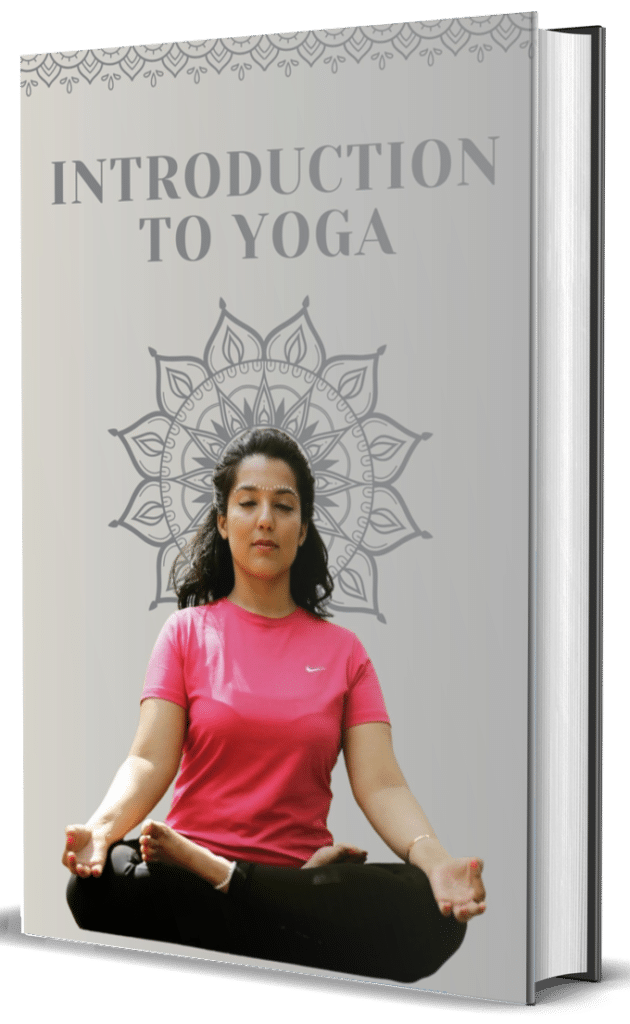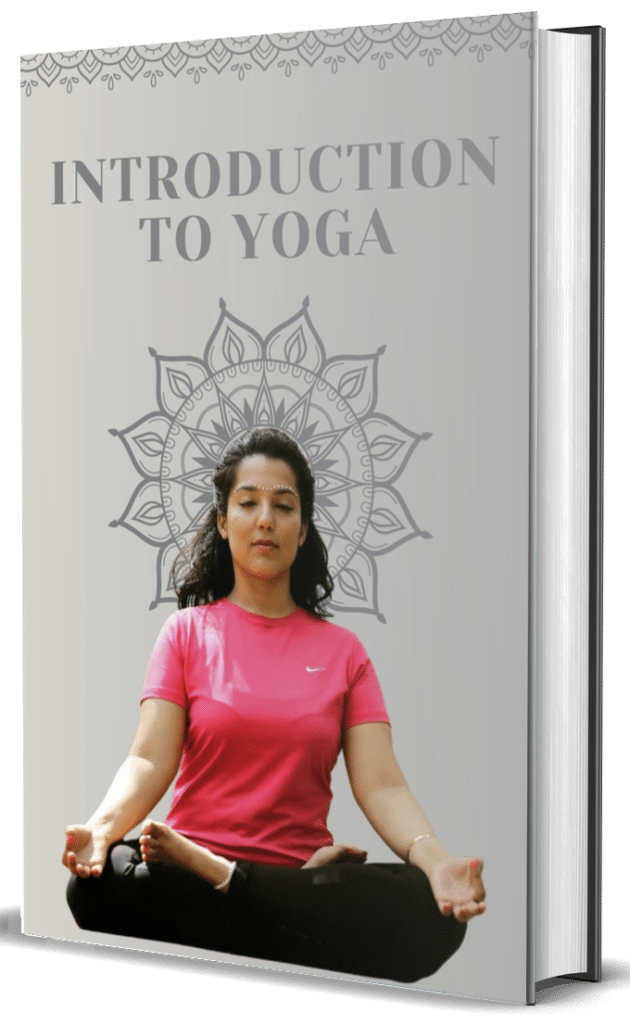Mantras for beginners offer accessible entry points into the powerful practice of sacred sound vibration, providing simple yet effective tools for focusing the mind, creating positive mental states, and experiencing the benefits of mantra meditation without requiring extensive background knowledge or perfect pronunciation.
Understanding the basic concept helps newcomers approach mantras effectively. The word “mantra” combines “man” (mind) and “tra” (tool or vehicle), essentially describing sound formulas that serve as vehicles for the mind. While traditional views emphasize mantras as containers of specific energetic vibrations, beginners can approach them simply as focusing tools that use sound to anchor attention and create specific mental states.
Several mantras are particularly suitable for those new to the practice. “Om” (pronounced AUM)—the primordial sound representing universal consciousness—offers perhaps the simplest starting point with its single syllable that opens and closes many yoga practices. “So Hum” (I am That) naturally synchronizes with the breath, mentally repeating “So” with inhalation and “Hum” with exhalation, creating an effortless meditation that harmonizes breath and mind.
For those seeking emotional balance, “Om Shanti Shanti Shanti” invokes peace at three levels—body, speech, and mind. The mantra “Sat Nam” (Truth is my identity) from the Kundalini tradition provides a straightforward affirmation of authentic being. English-language phrases like “I am peace” or “Breathing in calm, breathing out tension” can serve as effective modern mantras, particularly for those uncomfortable with Sanskrit.
Beginning practitioners benefit from understanding basic approaches to mantra practice. Start with brief sessions of 5-10 minutes, gradually extending as comfort grows. Experiment with different modes—speaking mantras aloud creates physical vibration, whispering internalizes the experience, and mental repetition develops subtlety. Using mala beads (a string of 108 beads) helps maintain focus and count repetitions without mental tracking.
Common challenges for beginners include wandering thoughts, uncertainty about pronunciation, and questions about “correct” practice. Address these by gently returning attention to the mantra when distracted without self-criticism. For pronunciation, listen to qualified teachers or recordings, but remember that sincere intention matters more than perfect sounds, especially for beginners. Rather than worrying about “doing it right,” approach mantra practice with an attitude of exploration and observe its effects with curiosity.
The benefits of even simple mantra practice tend to unfold naturally with consistency. Many beginners report improved concentration, reduced stress and anxiety, enhanced emotional regulation, better sleep quality, and a growing sense of mental spaciousness. These effects often extend beyond formal practice sessions, with the mantra becoming an available tool during daily challenges.



